If you’re a woman on the hunt for a bicycle, the chances are you’ve seen or perhaps even searched for a woman’s bike.
‘Women’s-specific bike’ is a term that’s used a lot by brands, retailers, magazines and websites, but you might be surprised to hear that there is no universal definition of what exactly a women’s bike is, apart from one that is marketed towards women.
What makes a bike women’s-specific – the features or elements that make it better for a woman rider than a unisex bike – has evolved over time and is still evolving.
More women riding means more data on women bike riders that can be collected, researched, and fed back into bike design. More women working in the bike industry means a better understanding of what women need and want, too.
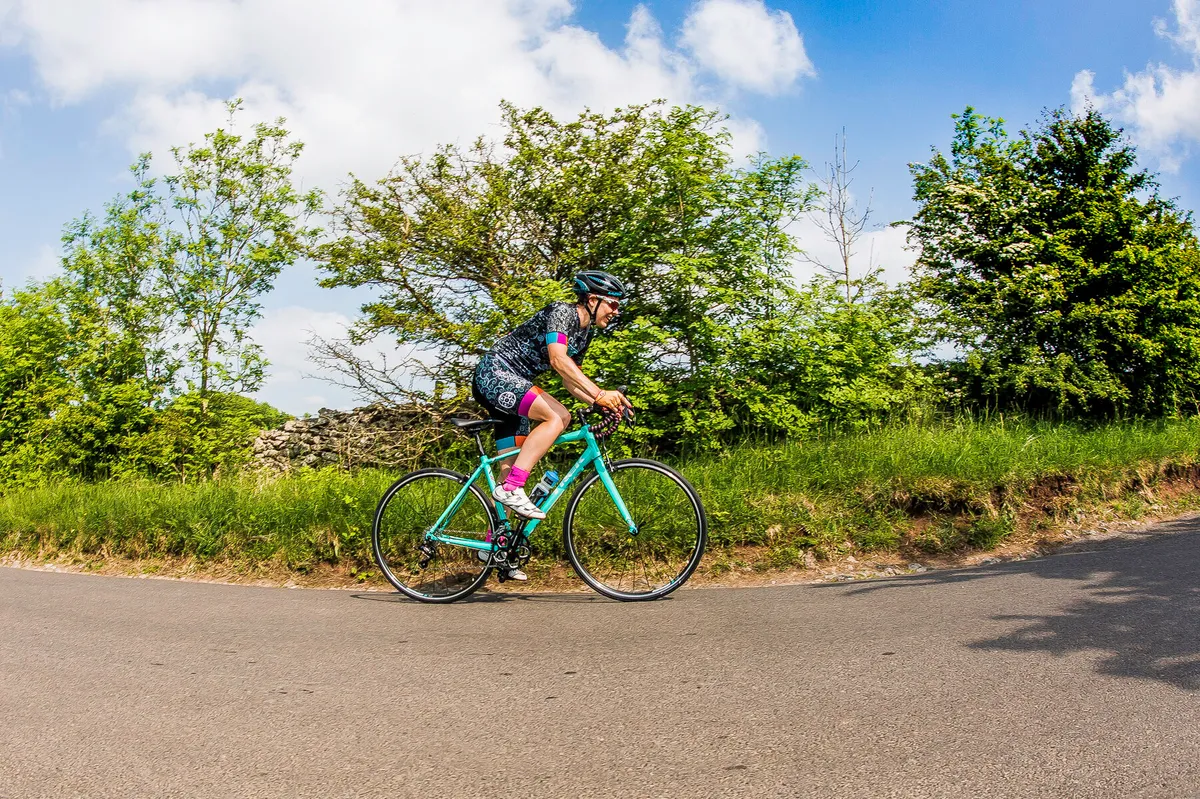
Bike design changes all the time as new technologies, materials, types of riding and information become available. Each brand will also have its own design philosophy, which means there are myriad differences between types of bikes, bike sizing, bike geometry and more.
It’s a bit like buying jeans; a size medium in one brand won’t necessarily fit the same as a medium in another brand, and may have a different cut, fabric and features. It’s a question of finding what works for you.
Brands have tried several different approaches to cater to the growing women’s cycling market, and not always successfully. We’ve broken down some of the main approaches taken by different brands and spoken to the brands themselves to provide their take.
Most of the different approaches involve one or both of the following elements:
- Finishing kit or contact points that are chosen to suit women; narrower handlebars, brake levers with a shorter reach, shorter/size-specific crank and a saddle that’s designed to work with a woman's genitalia.
- Women’s-specific frame geometry. The geometry of the frame is designed differently to a brand’s equivalent men’s/unisex bike, to suit the needs of women.
We’ve also included a few of the older approaches that don’t happen any more but are often sometimes wrongly attributed to modern women’s bike design.
1. Shrink it and pink it
Thankfully consigned firmly to the past, but this evocative term refers to an approach back in the early days of women’s bike design.
The thinking behind it was essentially ‘women must be like men (two legs, two arms, body) but they’re usually smaller and lighter, and they like pink and flowers’. So women’s bikes were usually just scaled down versions of men’s bikes with ‘feminine’ touches.
There was also usually less choice, lesser-quality parts for the same price (AKA a ‘pink’ tax) and in some cases it came across as a pretty tokenistic effort.
It’s also had a lasting negative legacy, with a lot of women understandably guarded about what can seem like a marketing ploy to sell different/lesser-quality bikes to women. Although, thankfully, that isn’t the reality any more. On the flip side, it marked the first time the bike brands started to think about the women’s market and what women might want from a bike.
2. Short and high
Move forward in time, and things got a little more sophisticated. A bit more research into the body shapes of women (or ‘body geometry’) began to be used, and this seemed to indicate that the average woman had longer legs and a shorter torso than the average man. This resulted in bikes for women designed to have a shorter reach, low frame standover and a more upright position.
The trouble here is while this can be great for certain types of riding, and feels good when you’re getting started, it can compromise how a bike handles when riding at a more advanced level and, therefore, can hold back progress.
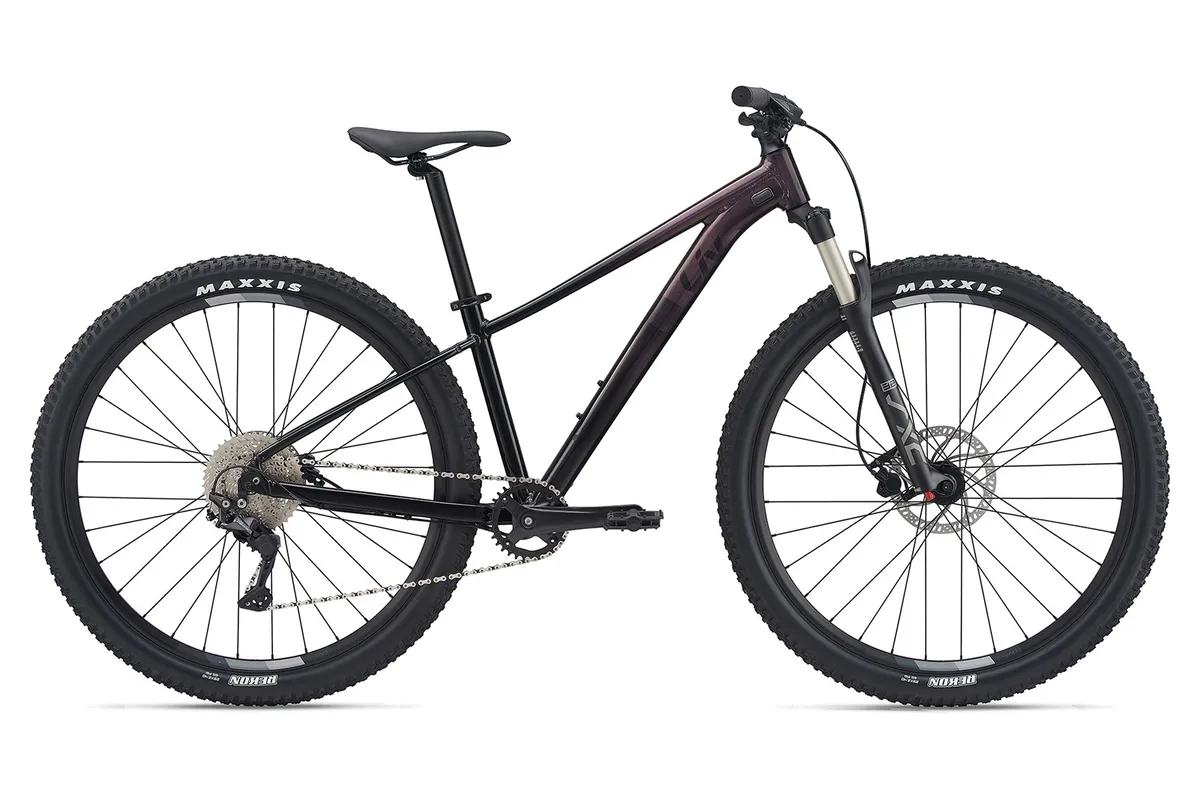
That said, there are a few exceptions: the low standover on women’s bikes has now become the standard for most mountain bikes for all genders.
This oversimplified approach isn’t really seen any more. As more data on women bike riders became available, more time and expertise was spent on catering to the market, and women’s-specific bike geometry has become more sophisticated and targeted as a result.
3. Unisex frame, women’s-specific finish kit
Some brands – in fact, most bike brands – are of the opinion that there aren’t significant enough differences between men and women to warrant a difference in frame design any more, and instead focus on the finishing kit.
They may offer a women’s equivalent model of a particular bike that has many of the same parts, but size-specific finishing kit and a women’s saddle, or, as in the case of Juliana Bicycles, offer the bikes as a completely separate brand.
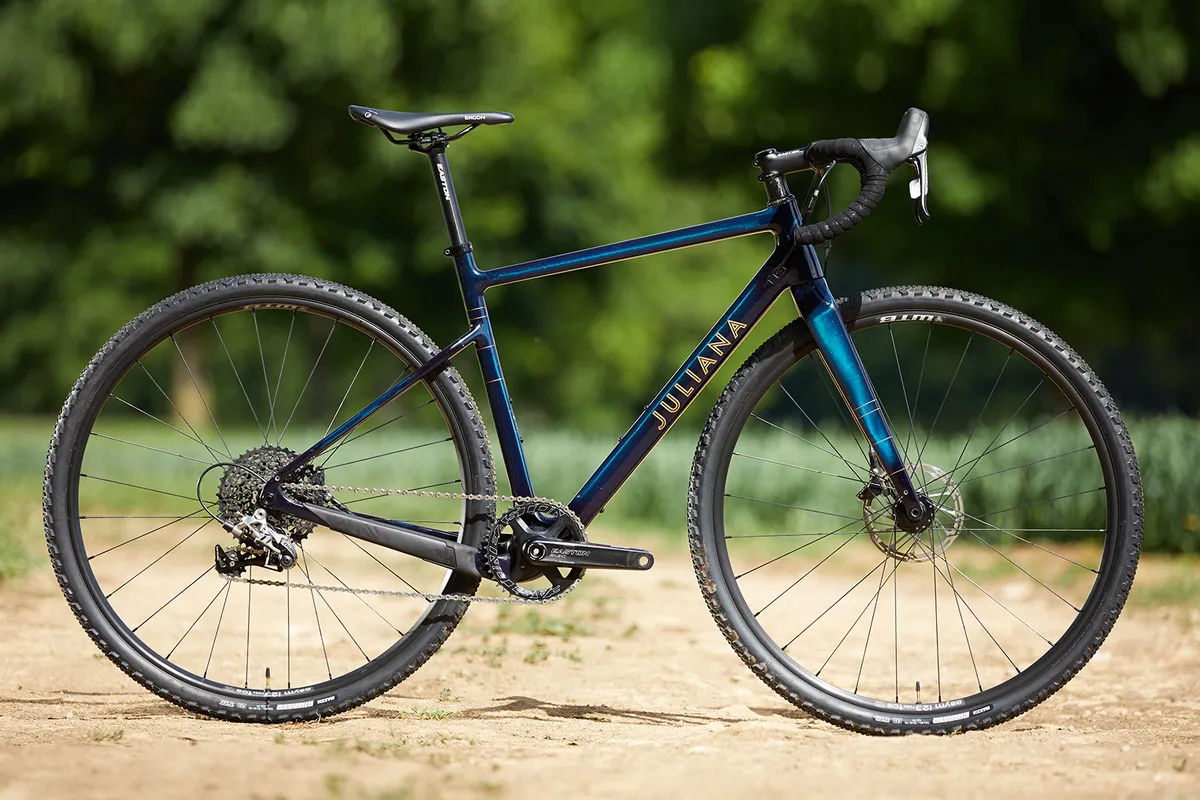
“Juliana's bike design is identical to Santa Cruz bikes,” says Kelli Emmett, Juliana’s sports marketing coordinator and a pro mountain bike racer.
“We believe Santa Cruz does a great job of designing high-performance bikes, and their geometry naturally accommodates a lower standover height across all sizes. We don't believe women need their own specific geometry – but that’s not to say other brands that design a specific geometry for women are doing anything wrong.
“We believe that women are built similarly to men but tend to weigh less and are shorter. To accommodate for those lighter weight riders, we offer a specific shock tune to make it feel more responsive and plush if running lower air pressures, and an XS [frame] size.”
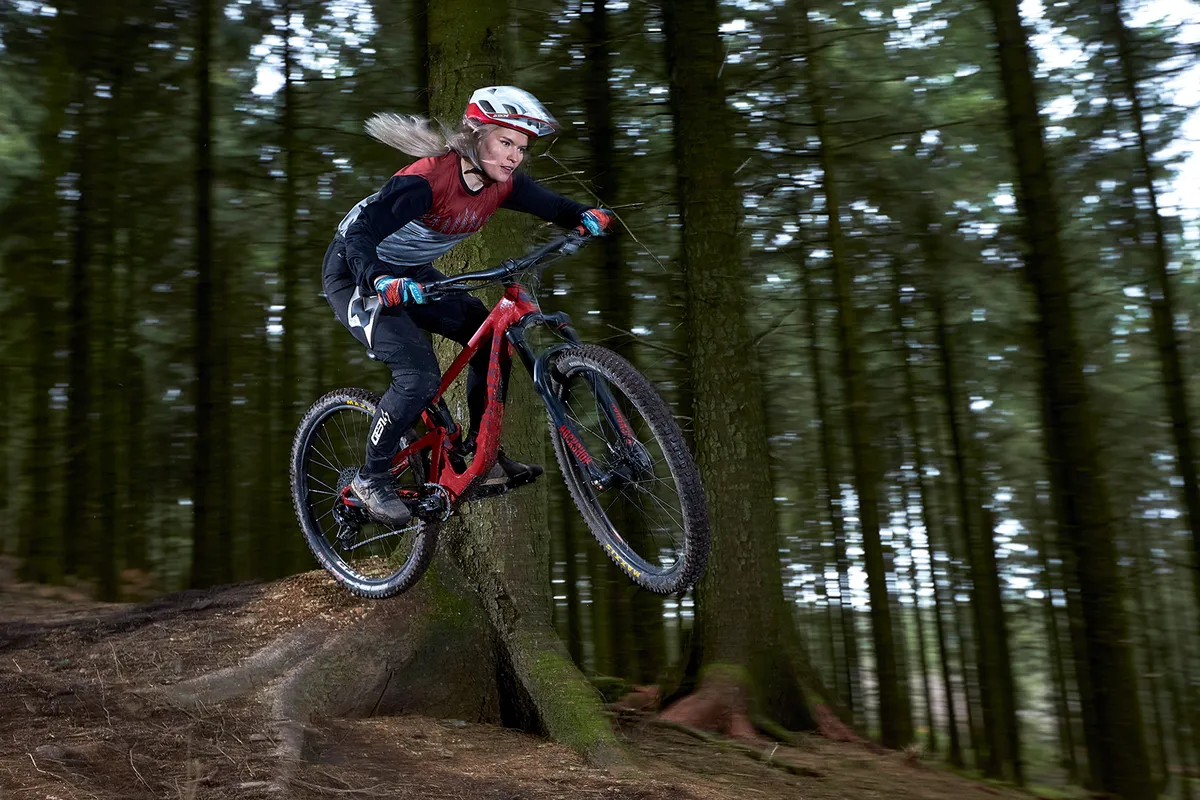
Juliana’s bikes also have women’s-specific contact points, such as the saddle and smaller diameter grips.
The next question to Juliana Bicycles is, of course, why its bikes are offered under a different brand to Santa Cruz if women don’t require different geometry?
“Juliana is merely a tool to help women experience the best of mountain biking,” explains Emmett. “Our main goal is to broaden the reach of our sport to anyone identifying as a woman. It's a small segment of our riding population, but it's growing – particularly during the pandemic as more people discover trail riding.”
“Juliana believes it's important to have women in the spotlight, front and centre, because, to get more women into the sport, they have to be seen, promoted, and heard. Juliana promotes women in media, in advertising, in the workplace, and on the race circuit.”
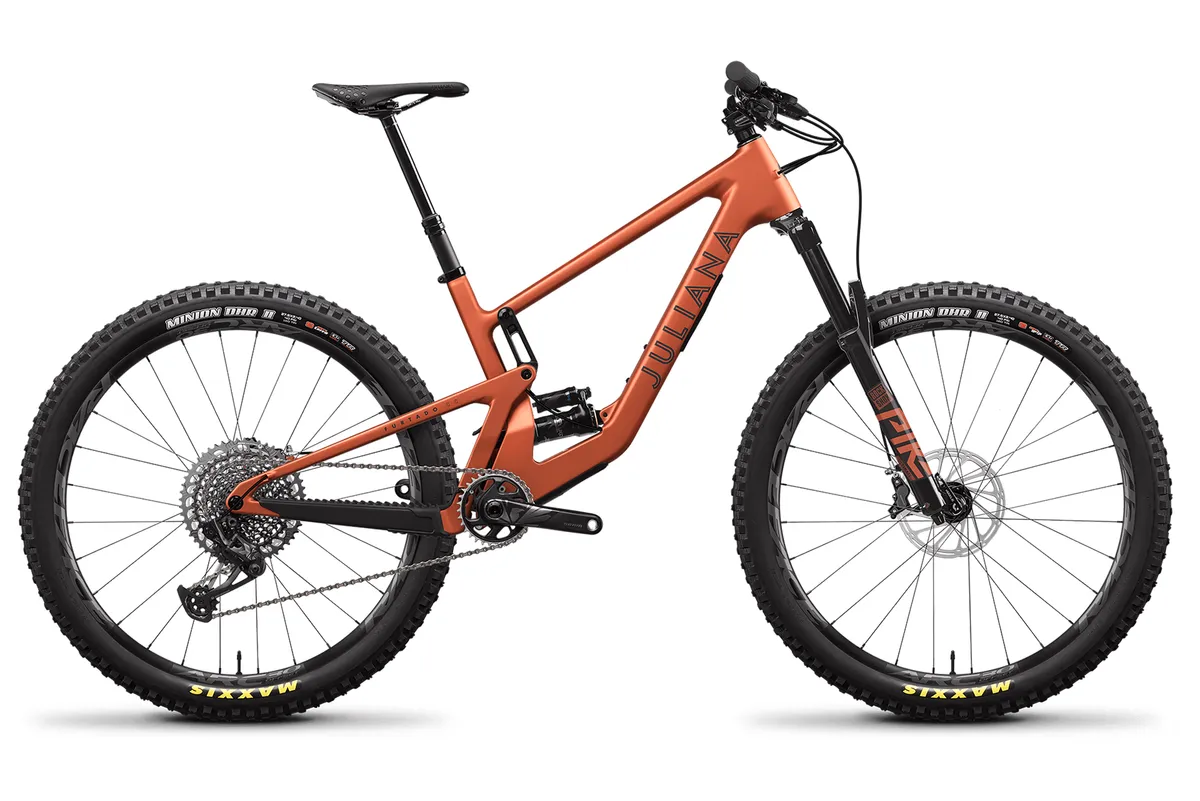
As well as sponsoring pro athletes, Juliana also focuses on connecting and building grassroots communities, supporting ambassadors and organising events.
But it’s worth noting that not all brands tackle the ‘unisex frame, women’s-specific finishing kit’ approach the same way. For most brands, women's bikes sit within the main range, and are denoted by a suffix like WMN, WSD or even just by adding “women’s” to the product name.
And there is also the consideration that the type of bike might play a part. Mountain bikes typically come in only three or four size options, and the riding style is generally pretty dynamic and involves descents where the rider is typically standing up on the bike.
On the flip side, road cycling involves holding a very similar body position for hours at a time, and tiny changes in fit can have a large cumulative effect, so women’s-specific frame geometry may have a more significant impact when it comes to road bike design.
4. Full-on women’s-specific design
This is where a bike is completely designed for women: the frame geometry, the parts, the build kit – the works. There aren’t many brands in this camp now; Canyon produces certain key road and mountain bikes, such as the Spectral WMN and Endurace WMN, in this way, but by far the biggest brand taking this approach is Liv Cycling.
Founded by Bonnie Tu, CFO of Giant Bicycles, Liv is similar to Juliana in that it’s a sibling-brand. Liv frames are manufactured by Giant Bicycles, but that’s where the similarities end.
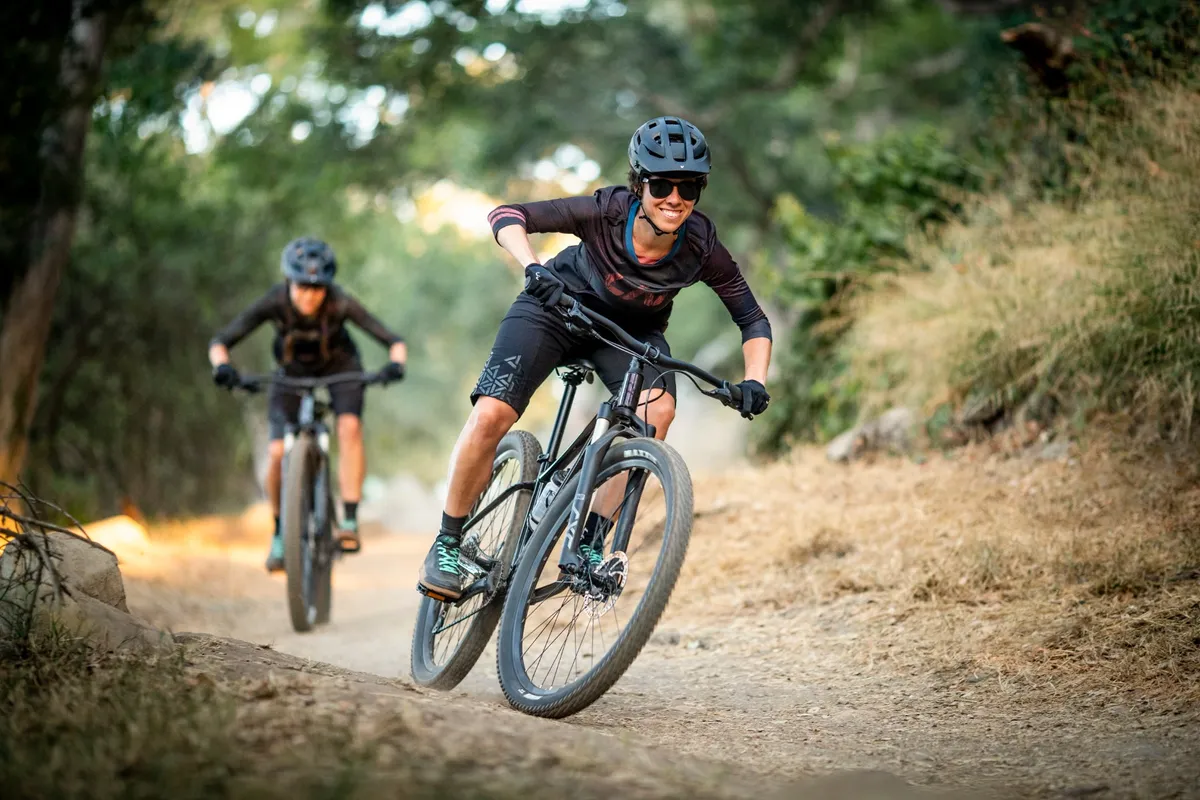
“Liv is a female-founded and women-led brand that exists to champion women, and we put women first in everything we do,” says Brook Hopper, Liv’s global marketing manager and a former cross-country racer.
“Liv is the only comprehensive bike brand designing and building bikes from the ground-up for women, and our bikes span many major disciplines.
“Like all bike brands, we have our “secret recipe” for bike geometry and design, which we rigorously test.”
Hopper says Liv only uses the body dimension data of women when designing its bikes, and believes this ensures those bikes fit more women right out of the box.

“It would feel very strange to me to walk into a store and only have one “unisex” option for clothes, underwear, pants, shoes… all things we choose based on how comfortable and confident we feel in them,” she says. “And we know 'unisex' really means 'men’s', right? And that “one size fits all” really means “one size fits men.”
Beyond bike design, Liv also focuses on promoting a strong message of community and inclusivity. “What is most important is our brand goal of getting more women and girls on bikes, and we believe that by having more choices for women while also creating more opportunities for them, we will be closer to achieving this,” says Hopper.
There is an obvious question to this approach. If Liv and similar brands feel it benefits women, does it not follow that all women would benefit from using women’s-specific bikes?
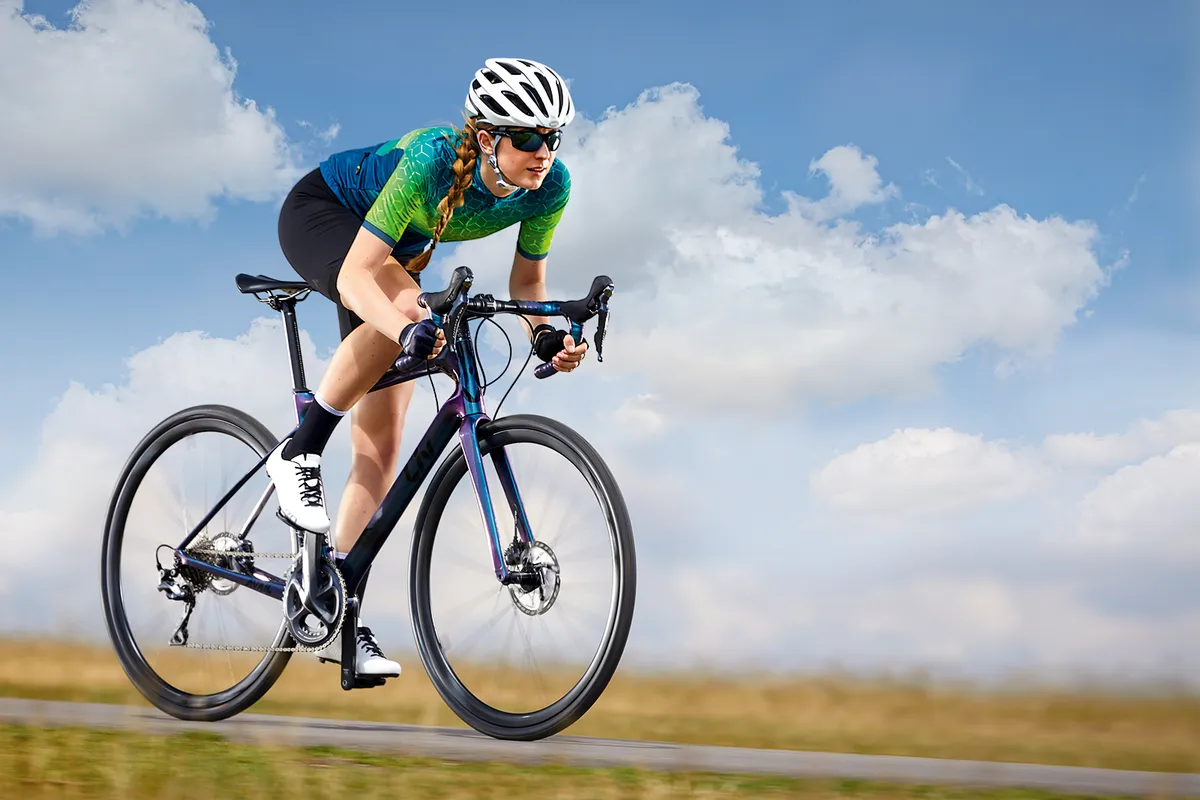
“We know that not all women are built the same, and we would never say that all women need to ride a women’s-specific bike,” Hopper says. “You’ll never hear me argue that one bike is ‘right’, and that another bike is ‘wrong’.
“As for our approach, Liv believes that having more choices and options for women is better, period. It’s also important for any brand to talk directly to the people they are trying to reach, so we focus our messaging directly to women, which can create challenges for us because the industry and sport of cycling is very male dominated.”
5. True unisex
You may have heard the term ‘gender data gap’ before. If not, it’s the observation that in much of the designed world, which includes equipment, clothing, transport, medicine and, of course bikes, there is an absence of data from women used in development and evaluation.
This manifests in myriad different ways, some small and annoying, like the lack of pockets on women’s clothes, others large and dangerous, for example: ‘unisex’ protective equipment that doesn’t fit properly so doesn’t protect; drug trials that don’t take into account the effect of female hormones on efficacy; or car design that doesn’t take into account smaller drivers and how that effects the performance of safety features.
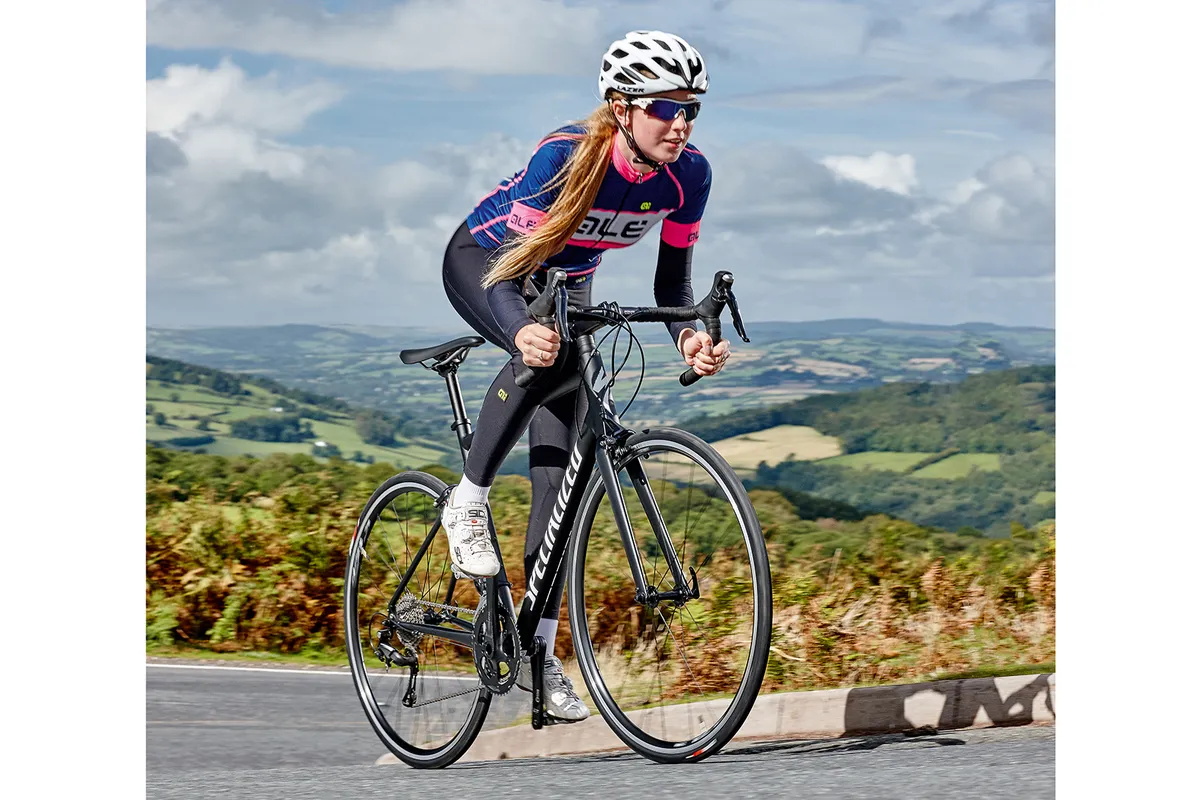
All of these are obviously much more critical than whether or not a bike feels nice to ride, but the same unconscious bias can still lurk in bike design. So what, exactly, makes a unisex bike truly unisex other than the brand saying it is?
One brand that has a different approach, or at least has been more vocal about sharing it, is Specialized. As a general rule, Specialized no longer makes women’s-specific bikes, but it incorporates a significant amount of body dimension data from women riders into evolving its unisex design approach.

“Our founding principal is ‘Focus on the rider’s need for a technically advanced product that provides a performance benefit’,” explains Stewart Thompson, road and gravel category leader at Specialized and former product developer.
“This is at the core of everything we do including bike design, whether it be suspension kinematics, fit geometry, or innovative features like SWAT [Specialized’s on-bike storage solutions].”
Specialized owns Retul, a large bike fitting company, and therefore has access to huge amounts of rider data that not only looks at the morphology of the rider and their sex, but also what kind of riding they do, their fit preferences, kit preferences and more.
Specialized says all of that anonymised data is then fed back for analysis and to inform product design.
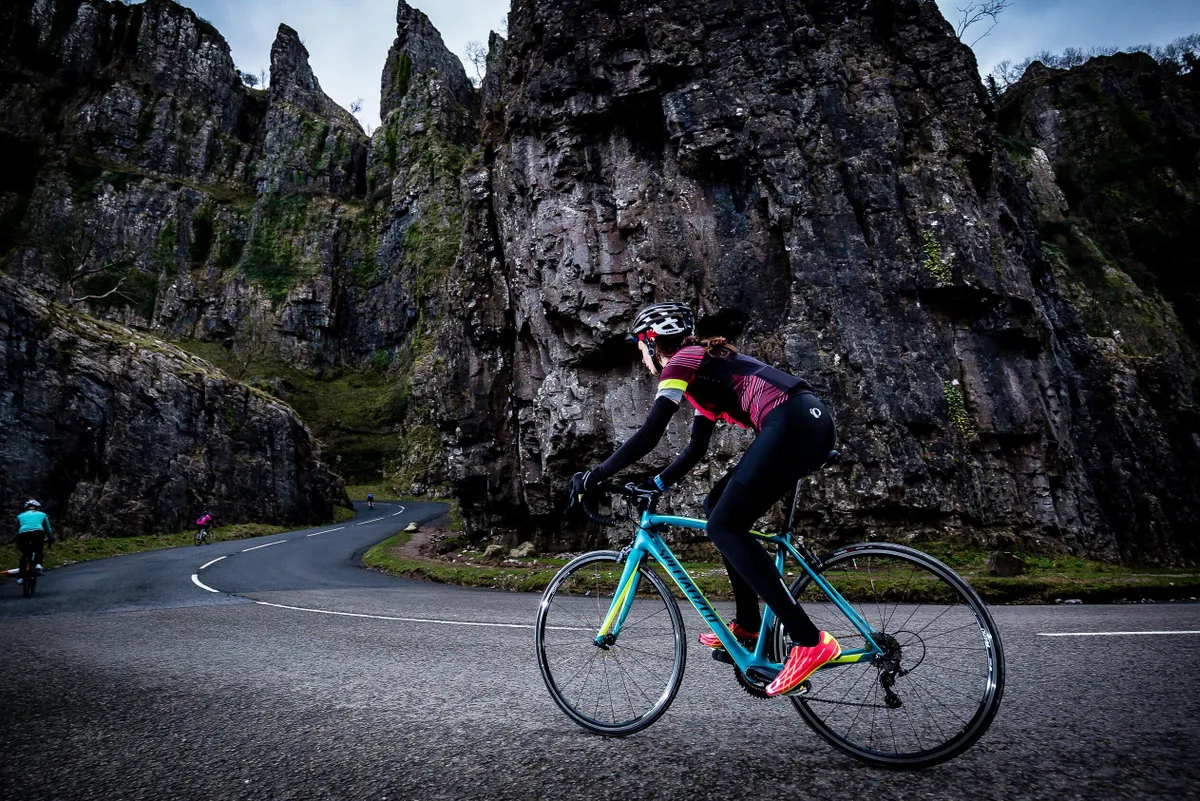
“When it comes to body proportions and fit geometry, we’ve learned that there is likely more difference between two male cyclists than a male and female,” says Thompson.
“The biggest measurable difference between men and women has been in sit bone width and subsequent saddle selection for width and shape. Getting a professional bike fit is one of the most important things any rider can do to improve their cycling experience.
Specialized’s philosophy is simple, according to Thompson: “Don’t make a difference where there isn’t one.”
He continues: “When there is, we invest heavily in research and development. We’ll only make male- or female-specific products when there’s data to support the decision and a true performance benefit.”
It doesn’t stop here…
Bike design is constantly evolving as new materials and techniques become available, different types of riding become popular and new technology emerges.
Women still make up a smaller percentage of the riding population, but that percentage is growing steadily and, as that happens, there will be more opportunities for data collection, product testing, and real-world rider experience and feedback. This will inform the next generation of bikes and products, whether that ends up being women’s-specific or not.
So do women need women’s-specific bikes?
We recommend you head over to our article on whether you need a women’s bike for a more detailed explanation, but the short answer? Not necessarily.
Some women undoubtedly benefit from women’s-specific bike geometry, while many women benefit from women’s-specific contact points and suspension tunes, but plenty of women also find that the unisex bikes on the market suit them just fine.
The important thing most brands agree on is that it’s important to have a good product that performs well, isn’t lesser-quality in any way, and gives women plenty of choice so they can find the bike that fulfils their needs.
